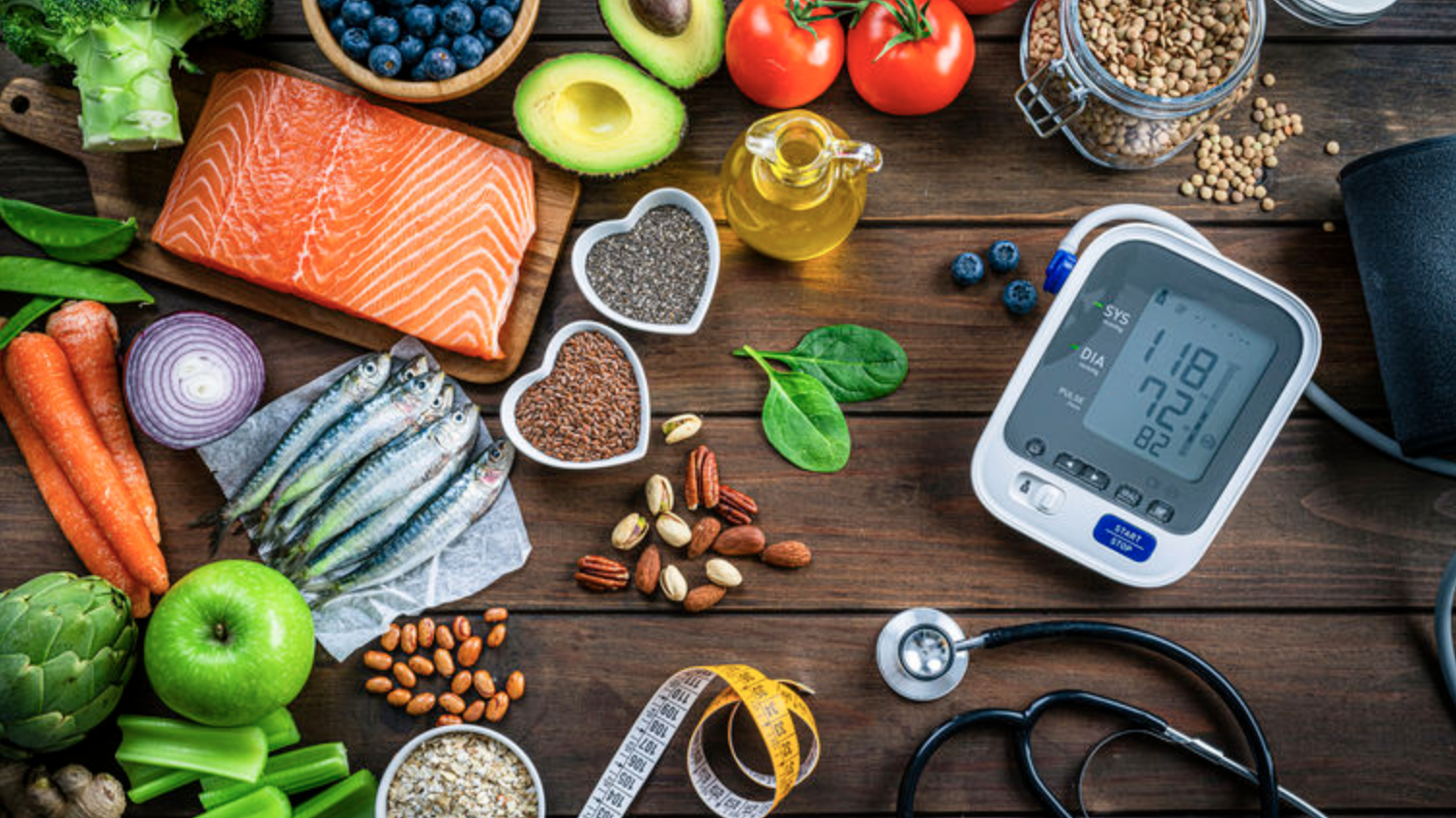High blood pressure is a common condition, affecting 25% of the population. It's characterized by a persistent elevation of resting systolic blood pressure (130 mmHg or higher) or resting diastolic blood pressure (80 mmHg or higher), or both. High blood pressure often progresses silently, leading to dangerous complications that can be life-threatening or create long-term health problems if not managed promptly.
Fortunately, there are many steps you can take to lower your blood pressure, including adjusting your diet. In an article for the British Heart Foundation (BHF), senior dietitian Tracy Parker explained the DASH diet.
DASH stands for "Dietary Approaches to Stop Hypertension", developed by researchers at the US National Heart, Lung, and Blood Institute in the 1990s.
"The goal of this diet is to reduce salt (sodium) and increase nutrients like fiber, potassium, and calcium, which can help lower blood pressure naturally," Parker said. This diet includes plenty of fruits, vegetables, whole grains, and low-fat dairy products. At the same time, it limits salt, saturated fat, sugary foods, and alcohol.
She further explained that the standard version of this diet restricts sodium intake to 2,300 mg per day (equivalent to about 6 g or one teaspoon of salt). There is also a lower-sodium version, with no more than 1,500 mg of sodium per day (about 4 g or 3/4 of a teaspoon of salt), which can further lower blood pressure.
A 2019 study published in the journal Nutrients showed that adhering to the DASH diet can significantly reduce blood pressure. The authors reviewed seven meta-analyses (including 15 observational studies and 31 controlled trials) focusing on the DASH diet.
The results concluded that this diet helped reduce systolic blood pressure (the top number) by 5.2 mmHg and diastolic blood pressure (the bottom number) by 2.6 mmHg. Furthermore, this diet has been shown to reduce the risk of cardiovascular diseases such as heart attacks, strokes, or coronary artery disease by 20%.
 |
Following the DASH diet can significantly lower blood pressure. Photo: Loma Linda University Health. |
Following the DASH diet can significantly lower blood pressure. Photo: Loma Linda University Health.
So what exactly is the DASH diet and how does it work?
Parker explains: "The DASH diet recommends consuming a certain number of servings from each food group". The number of servings will vary slightly depending on individual calorie needs.
For a 2,000-calorie-per-day diet, the recommended servings are as follows:
Vegetables: 4-5 servings/day. (One serving = 2 handfuls of raw leafy greens, or 1 handful of chopped vegetables, raw or cooked).
Fruits: 4-5 servings/day. (One serving = 1 medium-sized fruit, 3 tablespoons of unsweetened dried fruit, or 1 handful of fresh/frozen/canned fruit).
Whole grains: 7-8 servings/day. (One serving = 1 slice of whole-wheat bread, or 1 handful of cooked brown rice/pasta).
Lean meat, poultry, fish, and eggs: up to 6 servings/day. (One serving = 30g of cooked skinless meat/poultry/fish, or 1 egg).
Low-fat or non-fat dairy (milk, yogurt, cheese): 2-3 servings/day. (One serving = 235ml of low-fat milk/yogurt, or 43g of low-fat cheese).
Nuts and legumes: 4-5 servings/week. (One serving = 2 tablespoons of nuts, 2 tablespoons of nut butter, or 85g of cooked legumes).
Salt: Less than 2,300 mg of sodium/day (equivalent to less than 1 teaspoon of salt).
Fats and oils: 2-3 servings/day. (One serving = 1 teaspoon of vegetable oil, or 1 tablespoon of mayonnaise).
Sugar and sweets: Less than 5 servings/week. (One serving = 1 tablespoon of sugar or jam).
Completely eliminate or limit alcohol consumption.
In addition, the UK National Health Service (NHS) recommends:
Maintaining a healthy, balanced diet.
Exercising regularly, aiming for at least 150 minutes per week.
Losing weight if you are overweight.
Limiting salty foods and avoiding adding salt to meals.
Limiting alcohol and caffeine (found in coffee, tea, and cola).
Not smoking.
Hoang Dung (According to Mirror)












